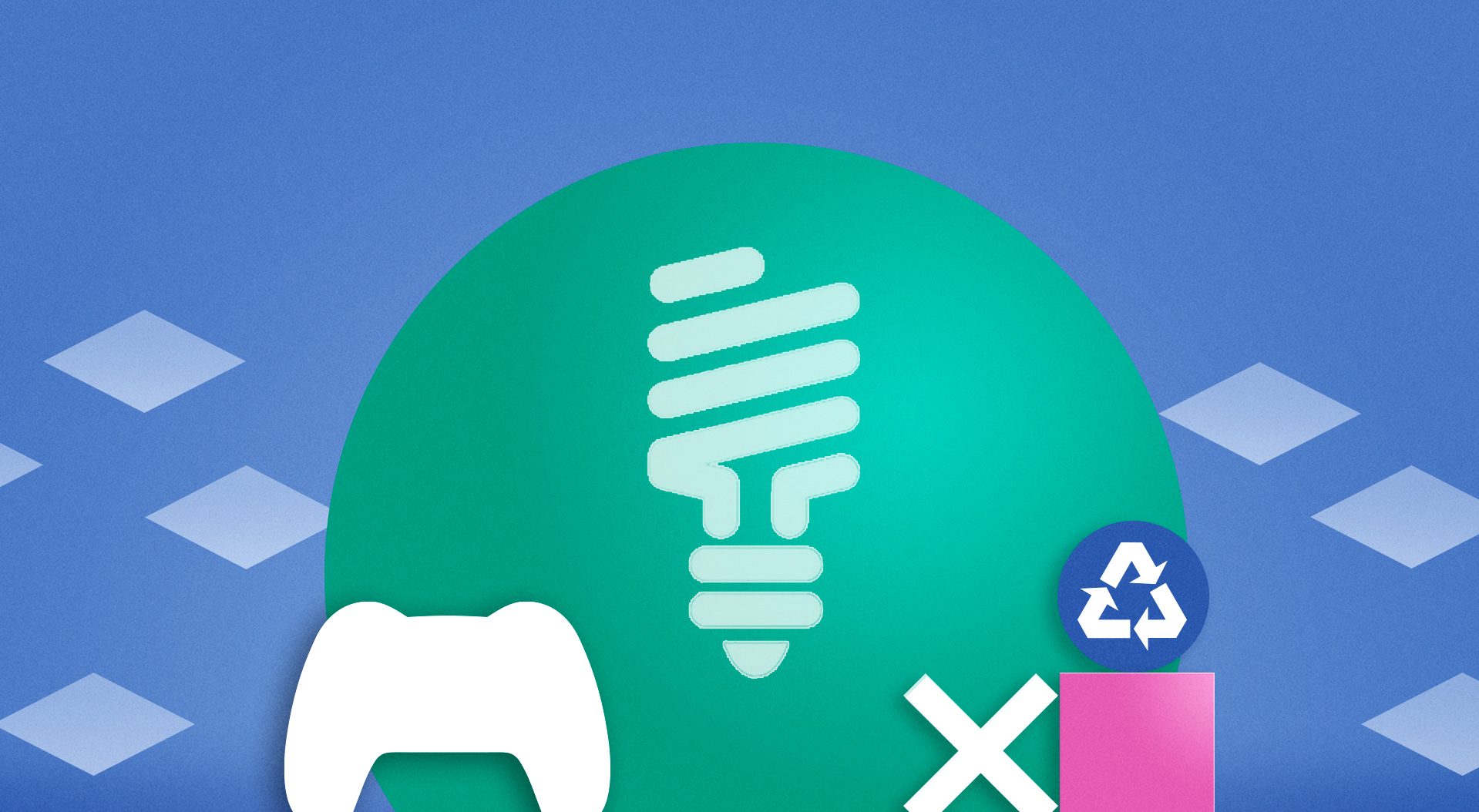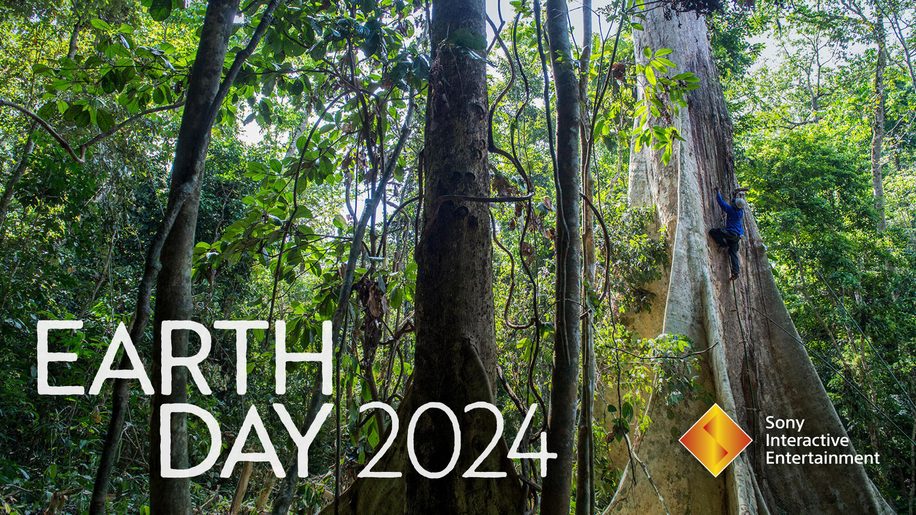PlayStation 5 and its Energy Efficiency

As Sony continues its ‘Road to Zero’ to achieve zero environmental footprint by 2050, we are consistently looking for ways to enhance product efficiency. In the recent Sony Group ESG briefing, Sony reaffirmed its commitment to improving the energy efficiency of its TVs, game consoles, and other consumer electronics products. In the fiscal year ended March 31, 2021 (FY2020), the quantity of power consumed annually per product was 54% lower than in the fiscal year ended March 31, 2014 (FY2013).
Today, we want to take a closer look at what this means for Sony Interactive Entertainment and its latest game console, PlayStation 5.
Energy efficiency
PS5 performance is substantially greater than PS4 (for example around 100 times faster comparing the PS5 SSD read speed with the PS4 HDD), and as for the previous generation, this can drive up power consumption at launch, particularly for gaming. Our teams focused on ensuring our recently launched console is still energy efficient.
Due to new improvements, including its efficient AMD Zen2 &RDNA2-based chipset, power supply, and low power modes, PS5 generation has achieved some important power reductions. There are a few examples where these improvements can be clearly seen:
- PS5 consumes substantially less power for media and home screen than PS4 and PS4 Pro did at their respective launches.
- PS4 games played on PS5 can draw up to around a third less power than when played on a PS4 Pro.
- PS5 consumes around 80% less for suspend than PS4 and PS4 Pro models, and 28-39% less for USB charging with internet connected.
Although PS5 games typically require more power than PS4 games, we estimate the balance of these improvements means that PS5 consumes around 11-17% less energy than the launch model of PS4 did in 2013. Considering all the PS5 energy efficiency improvements together, we estimate around 46,000 tons of carbon equivalent emissions will be avoided every year for every million consoles sold. For all PS5 consoles sold between November 2020 to August 2021, this would amount to an estimated 6.2 TWh avoided electricity use over five years of use, which is equivalent to the annual average electricity use of around 1.7 million UK homes.
End-of-life recycling and improved packaging
In addition to that, we have also looked further into the end-of-cycle of our console as well as the packaging and introduced new standards.
Plastic cover parts of our consoles are made of PC ABS, ABS, and Polycarbonate (PC) plastic. To aid console recycling at end-of-life, we ensure larger components (>100g) can be removed using tools that are commercially available to recyclers. We also ensure halogenated flame-retardant content in external plastic enclosure parts >25 g does not exceed 0.1% (by mass). Furthermore, wherever feasible*, we label plastic components weighing more than 20g with their material composition, and with their flame-retardant content (where they are found 0.1% or above by mass) so that different plastics can be easily identified during recycling.
For the launch of PS5, we implemented new resource-efficient packaging guidelines and developed new global packaging designs that contain no more than 1 to 7% plastic (per unit and by weight, depending on the product) as previously introduced on our blog here. While this was an important step forward, we will continue to explore possibilities following Sony’s plans to eliminate plastic packaging for small-sized products entirely by 2025.
Learn more
For more information on PlayStation and the environment, please visit PlayStation.com The hub provides an overview of our ongoing efforts to improve energy efficiency, energy use, detailed power consumption statistics, as well as Sony Interactive Entertainment’s wider environmental activities and efforts. It also offers tips and advice on how to configure your console for best energy efficiency, or on how PlayStation Now streaming service can be used for optimum energy efficiency and carbon emissions. For example, did you know, when you’re using your DualSense and DualShock 4 charging stations, that you do not need to have USB charging activated on your consoles?
We hope you find these insights helpful. We look forward to sharing more updates in the future as we continue our ‘Road to Zero’ journey.
*In accordance with ISO 11469, with the following exceptions: The part has <1cm2 level surface available for marking; the performance or function of a part is compromised e.g. buttons with tactile surface, plastic lenses, or display screens; external transparent or translucent parts; and marking is not technically possible due to the specific production method of the plastics used in the part e.g. extrusion molding.
Dr. Kieren Mayers serves as Senior Director of Environmental, Social, and Governance at Sony Interactive Entertainment, and is responsible for the company’s direction and implementation of sustainability programs. He has an Engineering Doctorate in Environmental Technology, as well as over twenty-five years of experience working on solutions to pressing environmental and sustainability issues within the electronics sector. He continues to pursue research interests on sustainability themes, publishing academic articles as Executive in Residence at INSEAD Business School in Fontainebleau, France, and as a visiting professor at the University of Surrey in Guildford, UK, starting November 1, 2021.
Reactions from the Sustainability Community
“Reducing emissions has to be the first step in any race to zero carbon. So the work by the video gaming industry to rinse the power out of consoles and mobile devices is of critical importance. It’s good to see the progress by companies like Sony Interactive Entertainment on pause, in play, and increased efficiency. The climate race is now a sprint rather than a jog and all levers need to be pulled to keep the planet under 1.5 degrees.” – Sam Barratt, co-founder of the Playing for the Planet Alliance and Chief of Youth, Education and Advocacy at UN Environment
“With 50 percent of Europeans playing video games, Europe’s video games sector is committed to climate-friendly actions, and we work with our members to support European and global goals to address the climate crisis. We welcome Sony Interactive Entertainment’s longstanding and important commitment to drive sustainability across the company and its products through improving energy efficiency across their consoles, reducing the use of plastics, and transitioning to a more sustainable supply chain. The successful European Union Games Consoles Voluntary Agreement, comprising also Microsoft and Nintendo, and the UN facilitated ‘Playing For the Planet’ Alliance are landmark projects that encourage the industry to go the extra mile.” – Simon Little, CEO of Interactive Software Federation of Europe (IFSE)
“Sony Interactive Entertainment continues to demonstrate that their commitment to energy efficiency for their PlayStation consoles is an integral part of the design process, and not approached as an afterthought. They have paid substantial attention to energy savings opportunities in both, the active and low power modes. Addressing climate change requires us all to make such ongoing and intensive efforts.” – Bruce Nordman, Research Scientist at Lawrence Berkeley National Laboratory
“Sony Interactive Entertainment has been actively engaged in research over the last fifteen years to bring clarity to the complexity behind environmental issues that influence business and policy decisions in the gaming industry. It is great to see that improvements in energy efficiency are still possible at console launch and have been delivered for PlayStation 5. This type of effort, combining scientific thinking with practicality, is vital for any industry, and enables businesses to do their part in preventing catastrophic climate change.” – Dr. Jacquetta Lee, FIMMM Associate Professor in Sustainable Systems Analysis Centre for Environment and Sustainability, University of Surrey


